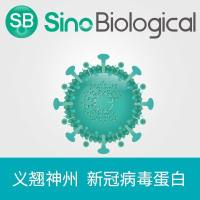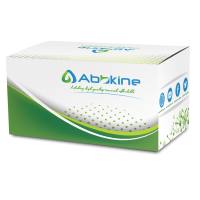Protein ADP-Ribosylation
互联网
互联网
相关产品推荐

Coronavirus Nucleocapsid重组蛋白|Recombinant SARS-CoV-2 Nucleocapsid-AVI&His recombinant Protein,Biotinylated
¥4520

EliKine™ 大鼠脂联素(ADP)酶联免疫分析(ELISA)ELISA定量试剂盒(一步法)
¥1998

IL-2重组蛋白|Recombinant Human IL2 Protein
¥1080

Coronavirus spike重组蛋白|Recombinant SARS-CoV-2 (2019-nCoV) Spike S2-mFc Recombinant Protein
¥4500

Coronavirus spike重组蛋白|Recombinant SARS-CoV-2(2019-nCoV)Spike RBD-mFc(V367F)Recombinant Protein
¥4500
相关问答

